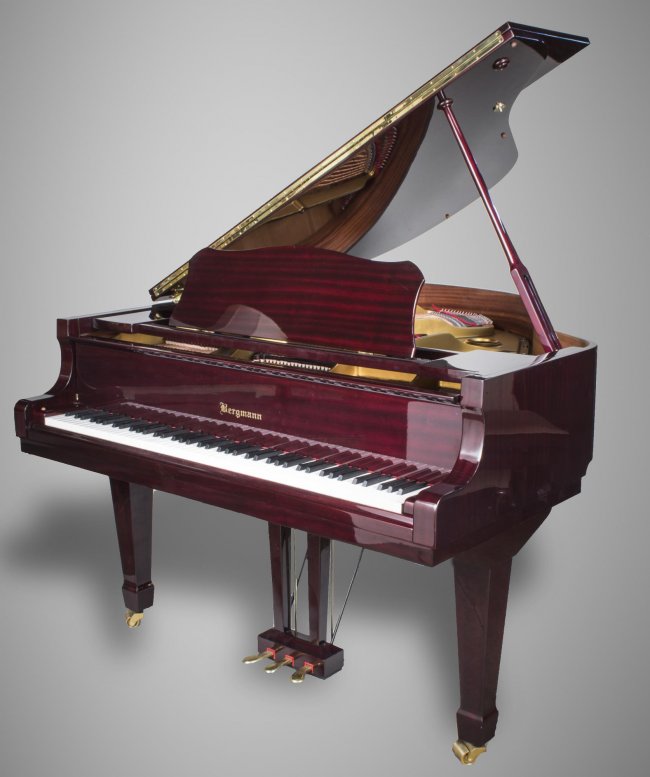

next to the musician’s personal data we specify the type of instrument(s), form and style of singing, and/or particular role (arranger, conductor, composer, lyricist) for which that musician made his or her name.

the musicians include all types: instrumentalists, vocalists, choral singers, arrangers, orchestra conductors, conductors of any other genre of music group, composers, lyricists.To ensure optimal use of this book for reference purposes, readers should keep the following in mind: The specific type of urban structure or space and the main type of performance held there are among other pieces of information we may find pertinent. As to the venues, it would be equally easy to calculate, for instance, their geographic concentration by city area by city area and /or as a whole. the existence or not of family connections among the musicians included in our list.the relation between gender and the instrument or role played.

the correlation coefficient between ethnic origin and type of instrument or role played.While as previously pointed out a different and appropriately astute form of presentation might trigger new insights, it is worthwhile to note that even a basic tabulation of our data would provide some useful information. Both types of data were listed in alphabetical order. B) The name and the address of the music venues where they performed (from theaters to public spaces, from public and private auditoriums to cocktail lounges, restaurants and bars, from houses of worship to all other types of gathering place used for musical performances). For every musician we also indicated the instrument and /or role that he or she played. In selecting the musicians to include we limited ourselves to this sole latter criterion.

To that end, we collected two types of data: A) the number and the identity of the musicians who, during the period considered, either by profession or simply by artistic vocation, usually performed in public. By contrast, we thought it useful to create a tool that would present in an astute and appropriate way all the early signature elements of this unique artistic/musical and social/urban context so that they might trigger new insights, offer original avenues to be explored. Therefore only with difficulty would any fresh attempt at analysis prove reason for interest. In the last seventy, eighty years every aspect of this movement has been the object of in-depth study, conferences and debates. So much has been said and written about the genesis of the artistic/musical ferment that took place in New York City in the 1930s and ‘50s, a period which is commonly known as “The Golden Age”.


 0 kommentar(er)
0 kommentar(er)
